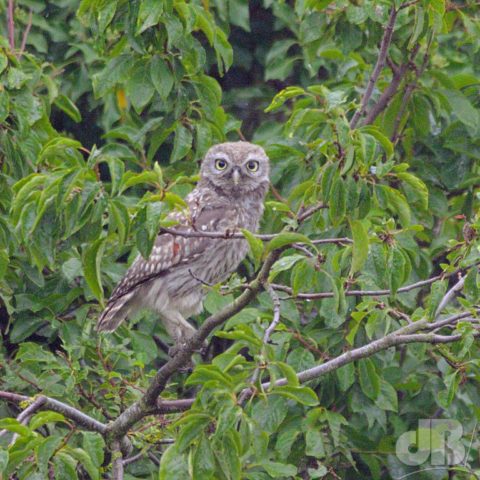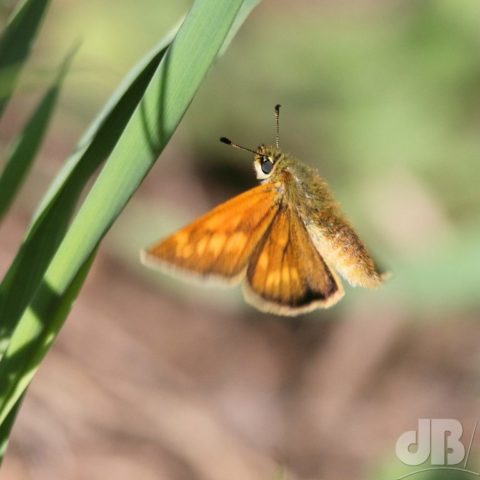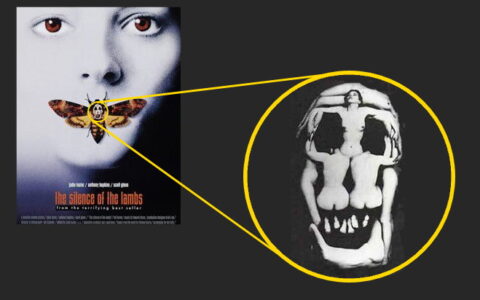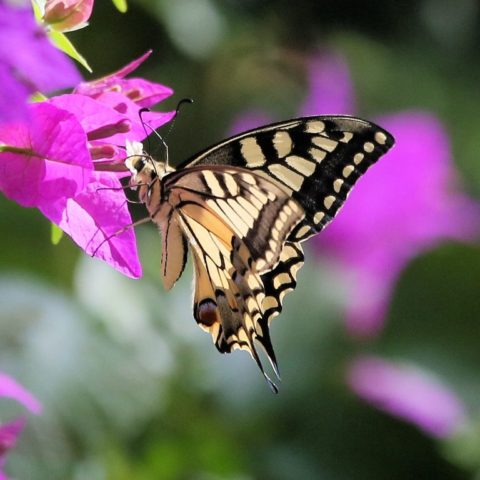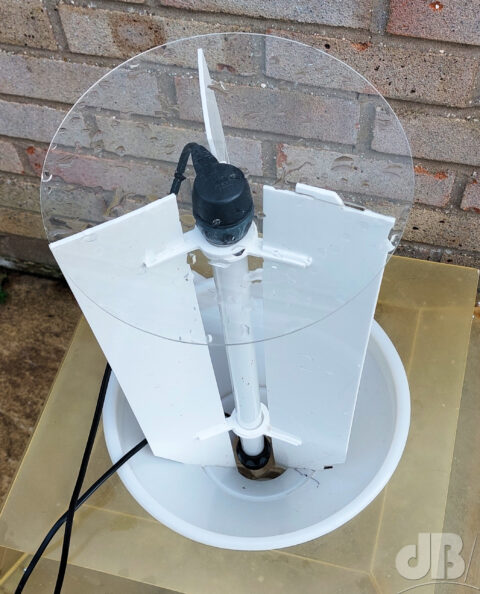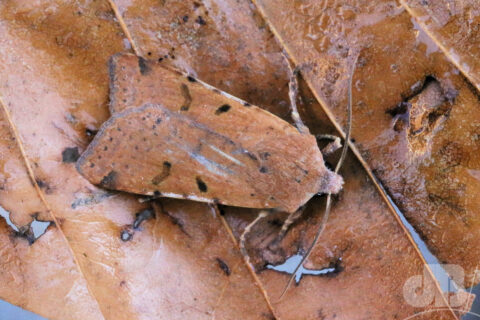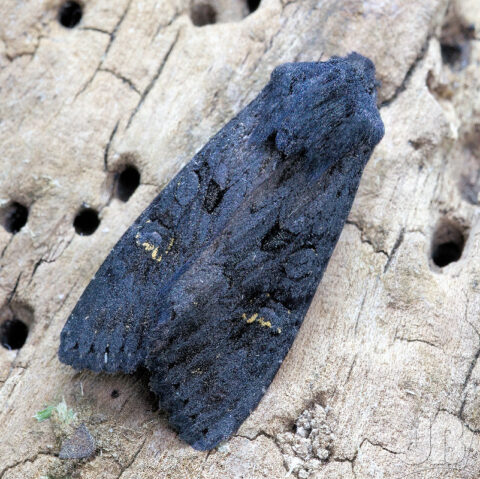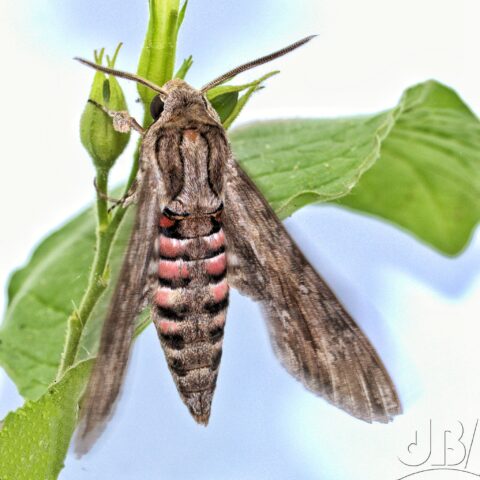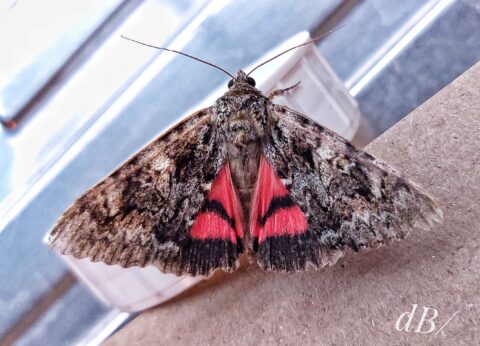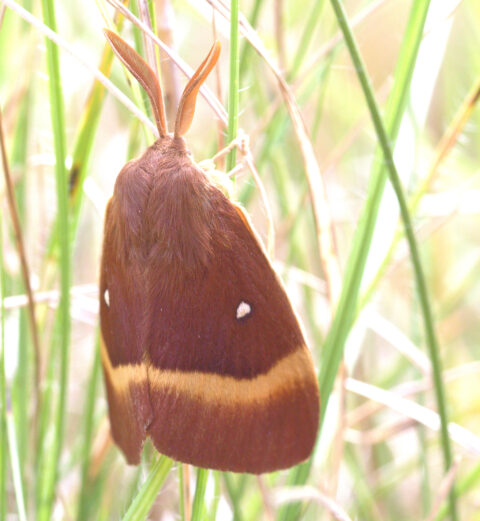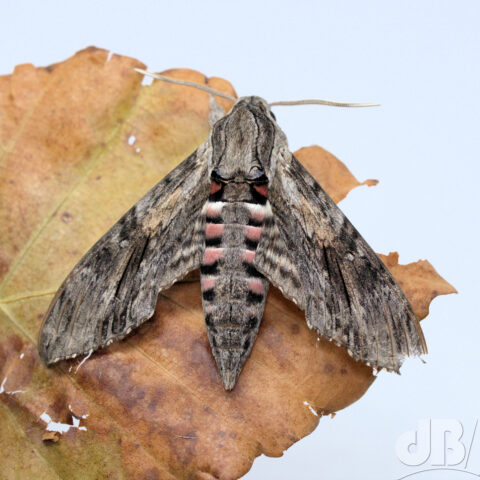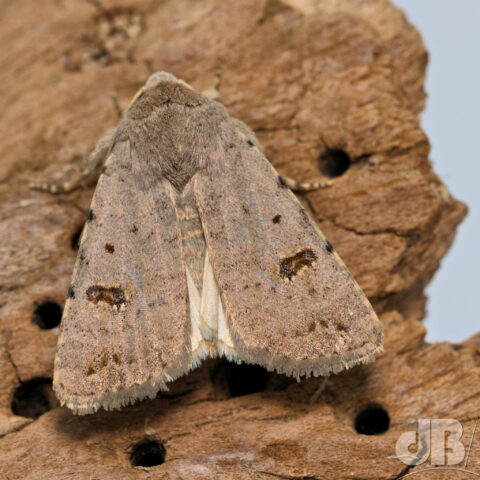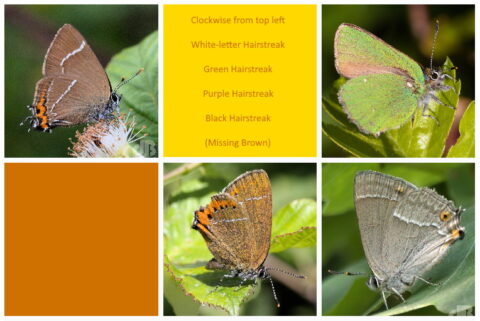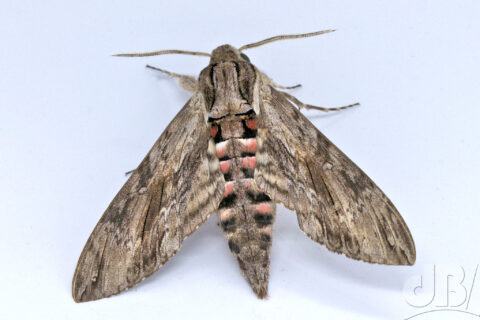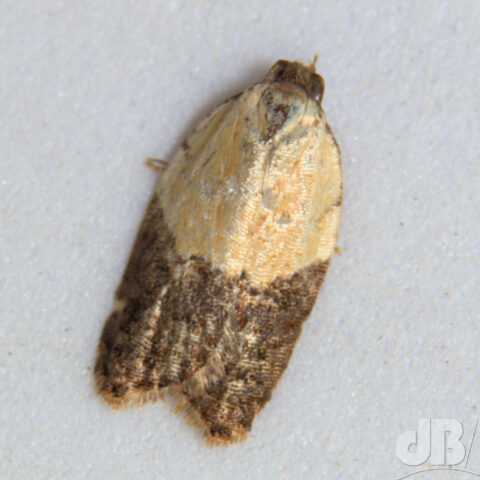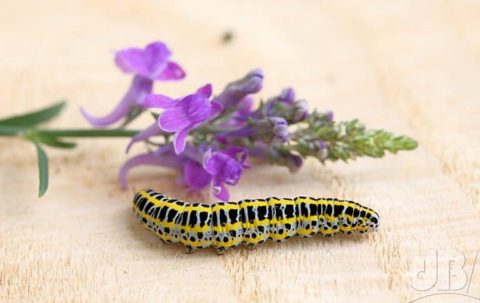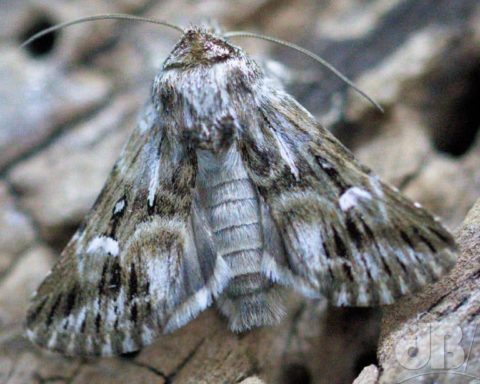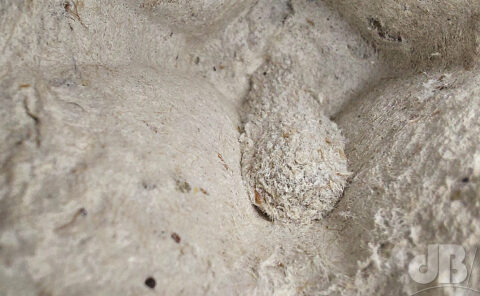I’ve waited patiently for one particular species of moth to turn up in the garden and the night before Halloween 2022, it made its inaugural appearance, drawn to a 15-watt fluorescent, ultraviolet lamp – the December Moth. Poecilocampa populi (Linnaeus, 1758). If the name seems anachronistic don’t blame me. The Lepidoptera textbooks tell you it can make an appearance any time between October and January, peak is mid-November.
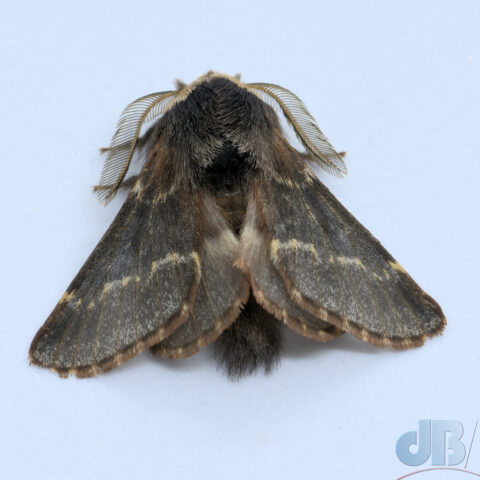
When I first started mothing back in late July 2018, I hinted to one of the very experienced enthusiasts I know, a guy called Leonard Cooper, that I’d probably switch off the lamp and put the trap away for the winter. His retort was one of shock and awe, “What, and miss the December Moths!?!?”. So I didn’t and I kept lighting up almost all the way up to Christmas. That year and for the three subsequent seasons I didn’t see a December Moth. I did see a few November Moths, however. They are a very different affair.
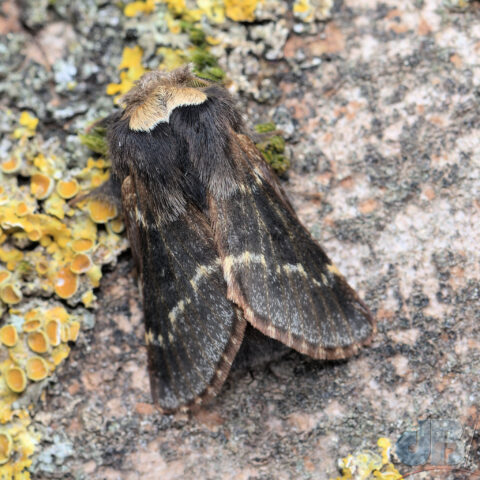
Where the December Moth is a chunky and fluffy, lasiocampid*, type moth, with a strand of what Mrs Sciencebase referred to as Christmas lights on its wings, the November is a grey geometer moth. In fact, the November is not really a single moth, there are several species that are superficially identical – November, Pale November, Autumnal Moth, and Small Autumnal Moth. Unless you examine their DNA, raise them from larvae, or examine the males’ genitalia, you cannot know for sure which of the three you are looking at and they are generally recorded as November agg, or more properly Epirrita sp.
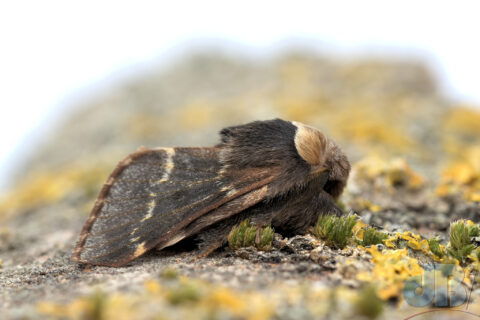
Anyway, I am glad I took heed of Leonard’s lament and also pleased that my lighting up into the winter was also useful to another moth expert, our County Moth Recorder (CMR) Bill Mansfield, who urged me to continue logging Lepidoptera at least periodically through the winters for the scientific benefits. Moths are a very useful indicator of ecological health and so monitoring their diversity and numbers is useful not only because #MothsMatter but for the wider world of biology so that we can understand how climate change, habitat loss, and other factors are affecting the world around us.
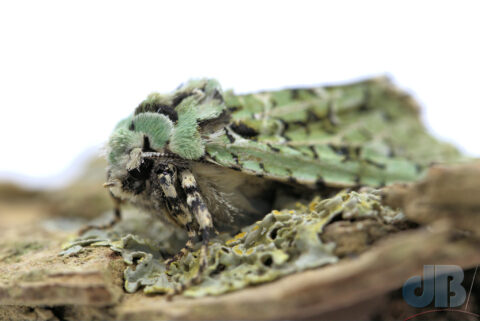
The larvae of December Moths feed on birch, oak, elm, lime, and, indeed, most species of deciduous tree. There is certainly a handful of oak and lime not too far from our garden, so the arrival of a December Moth, at long last, was not to be unexpected. The arrival felt likely as the moth is widespread in the UK and especially as another oak eater, the green and black & white moth with the formidable name Merveille du Jour had turned up in previous years.
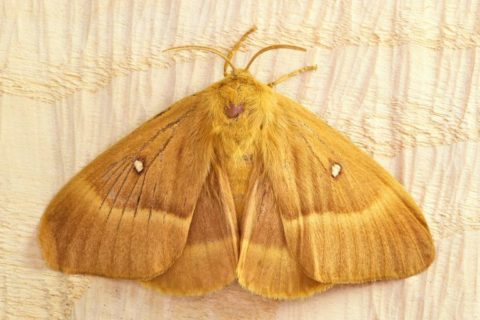
The Lasiocampidae are known in the vernacular as eggar moths because of the relatively large size of the eggs laid by the female. Others in the group include the Oak Eggar, Grass Eggar, Fox Moth, The Lappet, The Drinker, and The Lackey.
